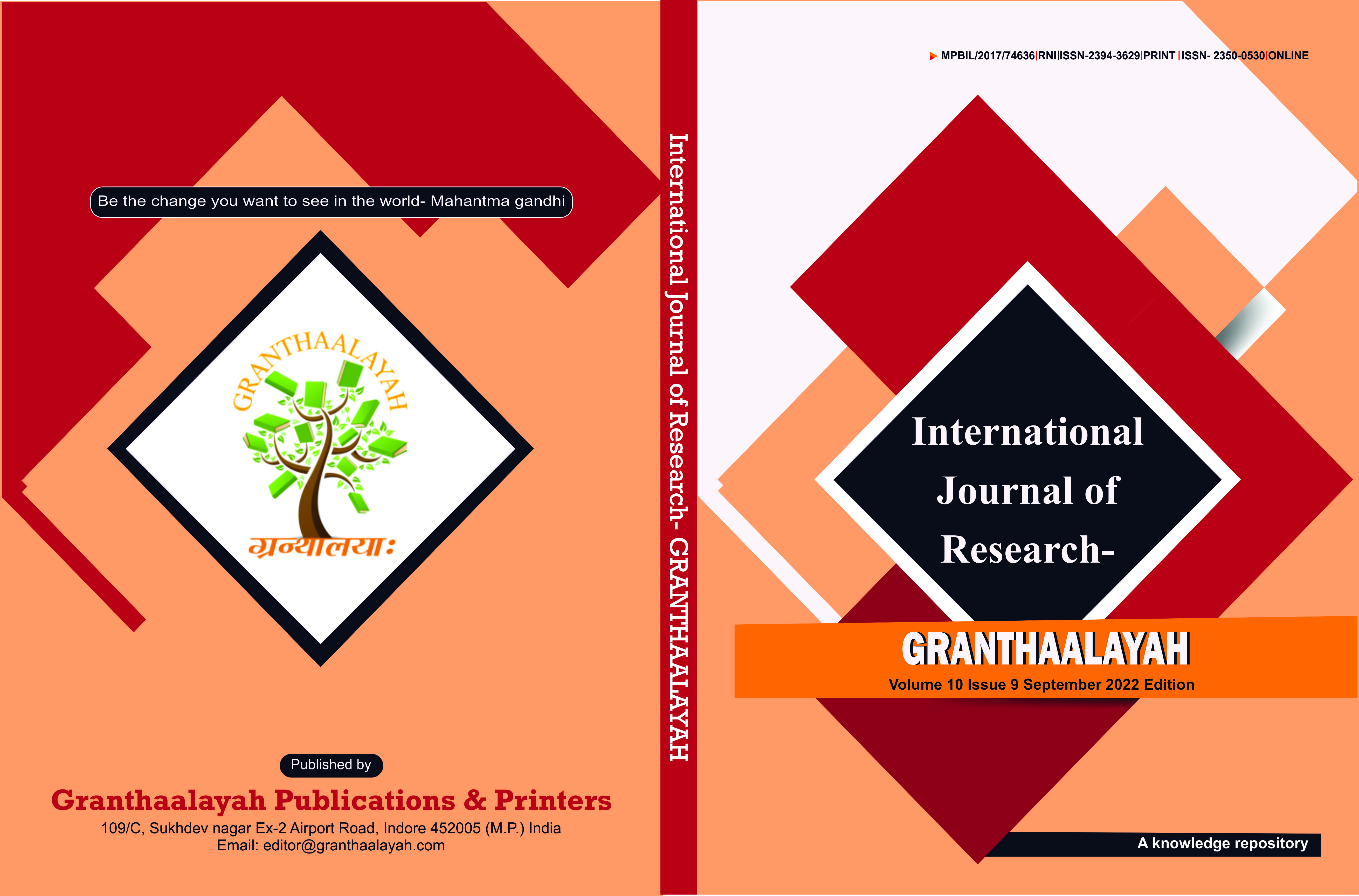SOME PHYSICAL LAWS SUCH AS CONSTANT SPEED OF LIGHT CAN BE EXPLAINED ACCORDING TO THE PRINCIPLE THAT ANY MATTER MUST HAVE FINITE ENERGY
DOI:
https://doi.org/10.29121/granthaalayah.v10.i9.2022.4767Keywords:
Energy Principle, Invariance Of Light Speed, Lorentz Transformation, Inverse Square Law, Potential Energy, Kinetic Energy, Static EnergyAbstract [English]
In this paper, a physical principle that any matter must have finite energy is first proposed, which is expressed that any matter must have energy and the energy is finite under any conditions. According to this principle and energy conservation principle, some physical laws with unclear reasons are explained: The mass of a composite particle is greater than the sum of the mass of component particles; The potential energy of a composite particle is smaller than the potential energy sum of the component particles; Any massless matter must move at the speed of light under independent conditions; The velocity of static field without mass can be zero; Deriving inverse square law of massless field strength; Conditions for electromagnetic oscillation to form electromagnetic waves.
Downloads
References
Adamson, I. T. (2007). Introduction to Field Theory, Dover Publications.
Arnold, V. I. (1989). Mathematical Methods of Classical Mechanics, Springer. DOI: https://doi.org/10.1007/978-1-4757-2063-1
Brown, W. A. (1991). Matrices and Vector Spaces, New York, NY : M. Dekker, ISBN 978-0-8247-8419-5.
Callahan, J. J. (2000). The Geometry of Space-Time : An Introduction to Special and General Relativity, New York, Springer. DOI: https://doi.org/10.1007/978-1-4757-6736-0
Danielson, D. A. (2003). Vectors and Tensors in Engineering and Physics, Westview, Perseus, 2nd Edition.
Davies, P. (1986). The Forces of Nature (Cambridge Univ. Press (2nd Ed.).
Griffiths, D. J. (1999). Introduction to Electrodynamics, Prentice Hall, 3rd Ed., 559–562.
Klein, P. N. (2013). Coding the Matrix : Linear Algebra Through Applications to Computer Science, Newtonian Press.
Lederman,L. M. (1989). Observations in Particle Physics from Two Neutrinos to the Standard Model, Science, 244 (4905), 664-72. https://doi.org/10.1126/science.244.4905.664 DOI: https://doi.org/10.1126/science.244.4905.664
Morgan, D., Pennington, M. R. (1987). Pole Structures in Nuclear and Particle Physics, Phys. Rev. Lett., 59 (2818). https://doi.org/10.1103/PhysRevLett.59.2818 DOI: https://doi.org/10.1103/PhysRevLett.59.2818
Riley, K. F., Hobson, M. P., Bence, S. J. (1997). Mathematical Methods for Physics and Engineering, Cambridge University Press.
Wu, S. (1998). General Relativity Theory, Beijing Normal University Press (In Chinese).
Yoreo, J. J. D., Gilbert, P. U. P. A., Nico, Sommerdijk, N. A. J. M., Lee Penn, R. Et. Al. (2015). Crystallization by Particle Attachment in Synthetic, Biogenic, and Geologic Environments, Science, 349 (6247). https://doi.org/10.1126/science.aaa6760 DOI: https://doi.org/10.1126/science.aaa6760
Published
How to Cite
Issue
Section
License
Copyright (c) 2022 Hua Ma

This work is licensed under a Creative Commons Attribution 4.0 International License.
With the licence CC-BY, authors retain the copyright, allowing anyone to download, reuse, re-print, modify, distribute, and/or copy their contribution. The work must be properly attributed to its author.
It is not necessary to ask for further permission from the author or journal board.
This journal provides immediate open access to its content on the principle that making research freely available to the public supports a greater global exchange of knowledge.

























